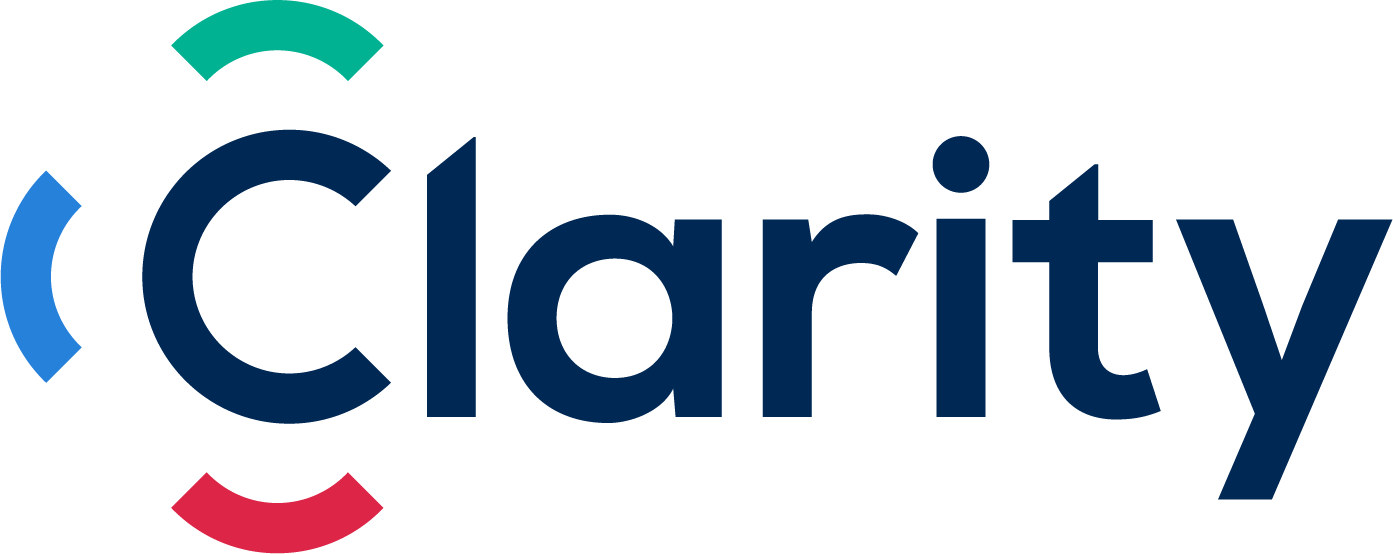 Read Part 1 of Jim’s Story here
Read Part 1 of Jim’s Story here
How was it different than working in Audit?
I now had seven different facilities under my purview. That was a big change. At first, I was surprised by how little information was filtering throughout the organization or reaching the people who had to make day-to-day decisions. So I quickly set about creating measurements and information packages that would educate and train our people about what they could control and affect on a daily basis.
How did your CA training help you in your new position?
It prepared me to ask hard questions and challenge settled assumptions. That part of my job was almost second nature to me. At the same time, from Andersen I’d learned a control-based approach to assessing and managing risk. So when I took over atParamount, I naturally started making changes and poking holes wherever I could. But I also introduced the appropriate controls to mitigate risk at all levels, ensuring that our assets were protected and information was circulating to the right people.
How did you know that you’d made the right decision, to join this organization?
I felt comfortable because I made a commitment to the process of looking at everything and trying to make improvements wherever possible. Each change that we made to generate more revenue further emboldened me in my decision-making; I felt increasingly confident in what we were doing. I’ve always tried to win more than I lose, and for the most part, I’ve been successful. It helped that I was working with someone I knew and trusted in Clint. You can’t put a price on that.
It helped that I was working with someone I knew and trusted. You can’t put a price on that.
What were the critical steps in your life that brought you to where you are now?
First and foremost, there was my education: the B.Comm and the CA together gave me a solid foundation of knowledge. The experience I gained from working in my CA firm’s manufacturing sector has been a boon for my current position. Lastly, having passion for what I’m doing, learning to love our product and enjoy my work – these have really made all the difference in the world.
How do you measure your success?
I’d say I measure my success in terms of our ability to grow the business and to provide opportunities for both our clients and employees. That’s required both the organization and myself to not marry ourselves to one single approach. We’ve both had to rapidly adapt to sudden changes and new opportunities in a highly competitive landscape (as both the history of the company and my own career journey make clear).
Have you had any mentors who’ve helped you out and guided you along the way?
My business partner, Clint, has always encouraged me to see the bigger picture and to not be afraid of taking chances. Clint certainly knows about risks. It couldn’t have been easy, after all, to put your faith in a twenty-eight year old kid as your VP Finance. But Clint did just that – and in the process taught me something invaluable about taking risks.
It couldn’t have been easy to put your faith in a 28 year old kid as your VP Finance. But he did just that – and taught me something invaluable about taking risks.
What advice would you give new graduates who are looking at Accounting and Finance as a career?
My one concern is that some people jump ship from their CA firm too early. They don’t give themselves enough time to develop that detailed understanding of a business that they’ll need to be successful elsewhere. By committing to your firm for a while longer and working your way up to the supervisory and managerial levels, you can gain a far more diverse and refined skillset: organization, time management, client development, and the like. These will provide immense value for both you and your CA firm – as well as your future employers.
Risk-taking ultimately comes down to being comfortable and confident in your decisions. It helps, of course, to have some idea of what to expect. Talk to your mentors, along with other professionals who have left one industry for another. Networking is absolutely critical; this is why it pays to keep in touch with all of your former colleagues and classmates. See if there are people in your own circles who can share their own experiences and insights with you.
With the same committed, hands-on approach that he’s brought to bear in managing his own remarkably successful career, Jim Mitrakos has helped to transform and rebuild his company, establishing it as an industry leader. His unique perspective and innovative ideas on company loyalty, organizational adaptability, and non-linear thinking should provide food for thought to professionals everywhere, inspiring them to attain similar heights. Jim’s calculated risks – the skill for which, as he points out, he acquired as a CA – have served him well in his career in finance, proving once and for all that risking everything on yourself can sometimes be the safest bet of all.
